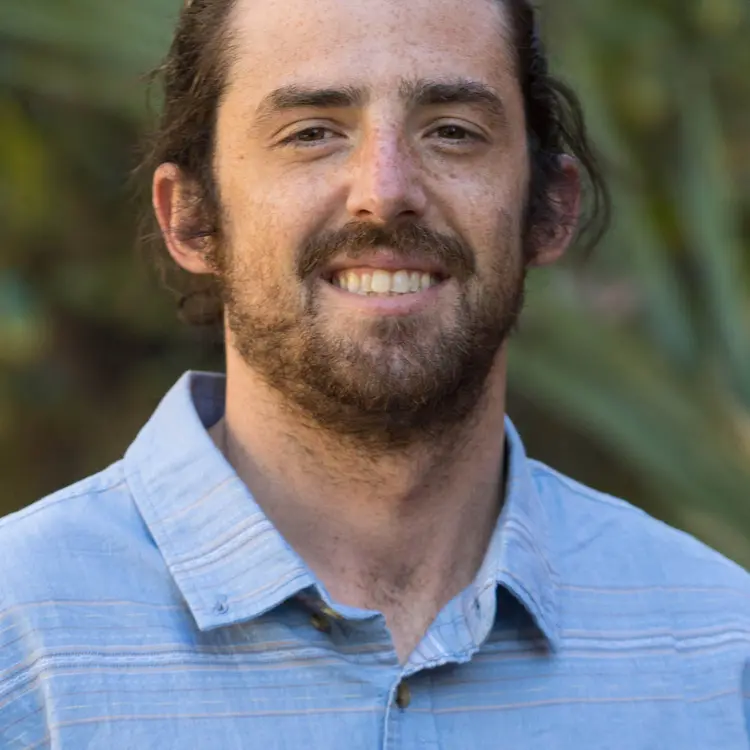Daniel
McCoy
I am a Ph.D. candidate and member of Dr. Daniele Bianchi's Ocean Biogeochemistry and Ecosystem Group at the University of California, Los Angeles (UCLA). My research focuses on investigating the interaction between geophysics and biogeochemistry in Eastern Boundary Upwelling Systems using observations and numerical ocean models. Currently, I am implementing a new model of the oceanic nitrogen cycle into 3D eddy-resolving simulations of the Pacific Ocean to explore the production and outgassing of nitrous oxide (N2O), a powerful greenhouse gas, from oxygen-deficient zones. Moving forward, my aim is to utilize insights gained from recent advancements in marine nitrogen cycling to improve our understanding of elemental cycling in the ocean.
I received my B.S. in Global Environmental Science from the University of Hawai'i at Manoa, where I began my research career investigating the impacts of climate variability on marine hypoxic events within Kane'ohe Bay, O'ahu. Prior to my Ph.D., I worked as a research associate and physical oceanographer for the University of Hawai'i, participating in numerous research cruises to the North Pacific and Antarctica.
